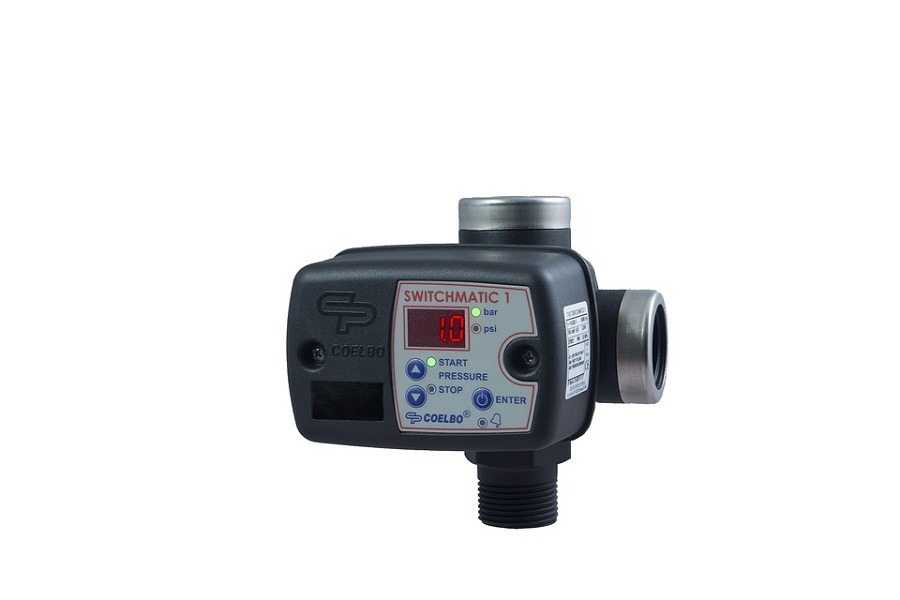Pressure switches fall under the category of pressure sensors. This guide will give you all the in-formation about the pressure switch – the types, the working and much more. So, without further ado, let’s begin.
What is a pressure switch?
When the pressure of the process fluid reaches a specified limit or set point, a pressure switch is actuated mechanically or electronically. A pressure switch, in its most basic form, is a device that detects a pressure change and opens or closes an electrical contact at a specified level. The switch is made up of a capsule, compressor, bourdon tube and piston that distribute pressure proportionately across the entire space in order to compute the applied pressure. Compressed gas systems, HVAC, instrumentation systems, pumping systems and other industries all use pressure switches. In any pressurized gas system, pneumatic fittings are necessary to connect the tube, hose or pipe.
Differential pressure switches differ slightly from standard pressure switches. There are two ports on them. Although the pressure reaches the switch from two distinct angles, the switch will monitor the difference and inform the user if the pressures are different.
What is the working principle?
A conventional pressure switch has a piston that is exposed to fluid pressure on one side. In most cases, the opposing side is under atmospheric pressure. A force from a pre-loaded spring counter-acts the force exerted by the fluid pressure. The spring constant and the surface area in contact with the fluid are carefully designed such that the piston only moves when a specified pressure is reached. The setpoint screw pre-compresses the spring. Although pressure switches use many technologies to measure pressure, they are typically electromechanical or electrical in nature. The setpoint screw is turned to raise or lower the activation pressure.
The cut-in and cut-out pressures are the most common operating points for pressure switches. When the fluid pressure falls below a predetermined level in pump and compressor systems, the switch is activated. This switches on the pump or compressor motor, bringing the system back to normal. When the pressure exceeds the pre-determined point, the switch does not immediately deactivate. A type of hysteresis known as a differential prevents sudden tripping. This permits pressure to rise until it reaches the upper limit of the pressure range. The switch deactivates when the higher setpoint or cut-out is reached.
Types of pressure switches:
- Mechanical
A spring and a diaphragm or piston are used in a mechanical pressure switch to control the pres-sure at which the micro-switch is triggered. The spring is the force that opposes the inlet pressure and the pretension of the spring is regulated by a set screw or knob. The pressure at which the switch creates an electric contact is precisely proportional to the spring pretension. The switch re-turns to its original state when the pressure drops. These are suitable for higher voltages and amperages than an electronic pressure switch.
- Electronic
An electrical pressure sensor is used in an electronic pressure switch to detect changes in inlet pressure. To set up the switching function, they have digital displays. The switch point can be factory-programmed or configured on-site to meet the application's needs. Switch point, output signals, hysteresis, delay duration and other features can be customized by the user to meet their specific needs. These are ideal for automatic equipment systems with programmable switches, digital displays, precision, adaptability and stability.
To summarize, pressure switches inform the pump when to turn on and off. Pressure switches are like pneumatic valves that monitor process pressure and deliver an output when a predetermined pressure is reached. Compressors and pumps, for example, are employed in a variety of industrial and manufacturing applications. To guarantee optimal performance, many process applications require pressure monitoring.






